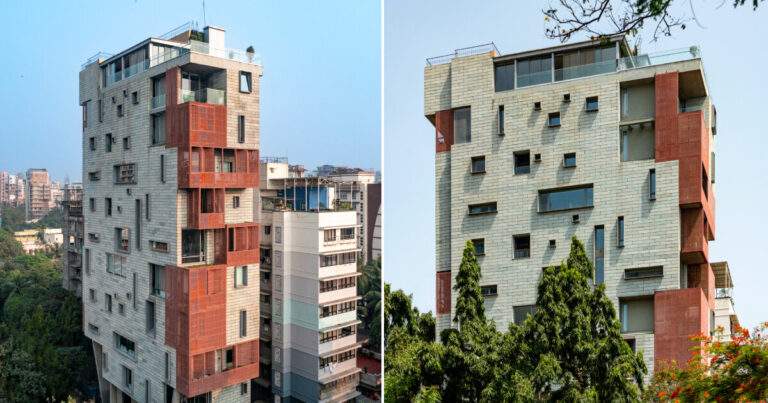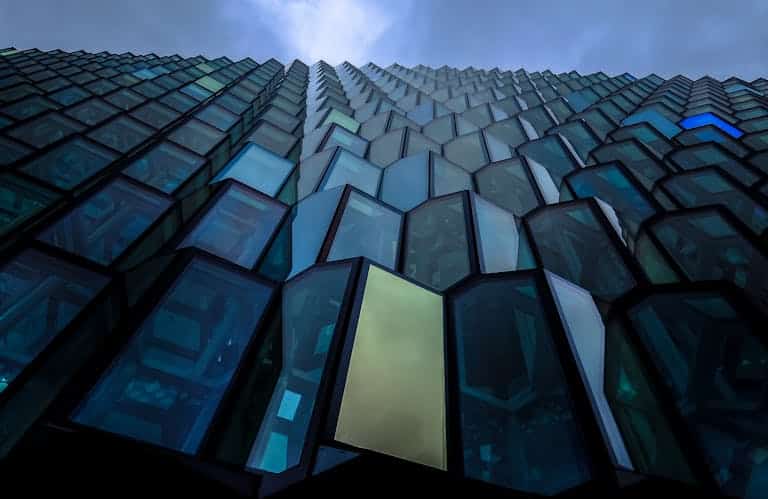As urban centers face growing economic and environmental challenges, building reuse has emerged as a critical strategy for sustainable development. Incorporating key concepts of Building Reuse Design, RAND Engineering & Architecture, DPC recently launched its Building Design Group , a dedicated team offering comprehensive design and engineering services tailored to complex urban projects, including adaptive reuse, full-scale renovations, and new construction.
This article explores the significance of this initiative within the context of New York City’s evolving real estate landscape, the role of sustainability in modern design, and how repurposing existing structures can support long-term urban resilience.

What Is the Building Design Group?
The Building Design Group is a specialized division within RAND that integrates architectural design, structural engineering, MEP (Mechanical, Electrical, Plumbing) systems, sustainability strategies, and full project management under one umbrella. Its goal is to streamline the delivery of complex building projects through internal coordination across disciplines, reducing delays and improving overall efficiency.
The group places particular emphasis on adaptive reuse and comprehensive renovation projects , transforming underutilized or outdated buildings into functional residential, commercial, and community spaces while preserving historical and architectural value.
Why Now? Urban Challenges in New York City
New York City is currently facing a significant shift in how space is used. Office vacancy rates have risen sharply post-pandemic, with many traditional office buildings sitting idle. According to the Colliers New York Real Estate Market Overview 2023 , Manhattan’s office vacancy rate exceeded 18% in the first half of the year.
| Space Type | Vacancy Rate (NYC – 2023) |
|---|---|
| Office Buildings | 18%+ |
| Industrial Spaces | 25% |
These figures highlight a pressing need to rethink how urban spaces are utilized. The Building Design Group aims to address this by providing innovative solutions to convert vacant buildings into valuable assets—such as housing units, healthcare facilities, and cultural hubs—that serve both economic and social needs.

Key Services Offered by the Building Design Group
The group delivers end-to-end support for urban development projects, covering:
- Architectural Design : Functional and aesthetic planning of interior and exterior spaces.
- Structural Engineering : Ensuring safety, durability, and compliance with local codes.
- MEP Systems Integration : Designing mechanical, electrical, and plumbing systems tailored to each project.
- Sustainability Solutions : Incorporating energy-efficient systems and materials.
- Project Management : Overseeing timelines, budgets, and execution from concept to completion.
- Code and Zoning Compliance : Navigating legal requirements to ensure smooth approvals.
The Role of Sustainability in Modern Design
With the implementation of Local Law 97 approaching in 2024—a regulation aimed at significantly reducing carbon emissions from buildings—the integration of sustainable practices has become essential.
The Building Design Group collaborates with RAND’s Energy Services team to help clients meet these regulatory standards through measures such as:
- Improved building insulation
- High-efficiency HVAC systems
- LED lighting retrofits
- Renewable energy integration
These strategies not only reduce environmental impact but also lower operational costs over time, making them attractive for developers and property owners alike.

Community Impact of Adaptive Reuse Projects
Beyond economic benefits, adaptive reuse plays a vital role in revitalizing neighborhoods. Converting vacant or obsolete buildings into community-serving spaces—like clinics, schools, or affordable housing—can reinvigorate urban areas and support social infrastructure.
One example is the transformation of an old industrial building in Long Island City into a state-of-the-art medical facility, demonstrating how strategic reuse can deliver much-needed services to underserved populations.
Frequently Asked Questions About Building Reuse
| Question | Answer |
|---|---|
| What is the difference between adaptive reuse and renovation? | Adaptive reuse involves changing the function of a building (e.g., warehouse to apartments), while renovation maintains the original use but updates systems and finishes. |
| Do adaptive reuse projects require special permits? | Yes, especially when changing the building’s use classification, which often requires zoning adjustments and code upgrades. |
| How does building reuse benefit the environment? | It reduces the demand for new materials and construction-related emissions, contributing to a lower carbon footprint. |
| Can any building be reused? | Not all buildings are suitable; feasibility depends on structural integrity, location, and economic viability. |

Summary Table of Key Points
| Focus Area | Summary |
|---|---|
| Building Design Group | Offers integrated design, engineering, and management services |
| Project Types | Adaptive reuse, renovations, new construction |
| Urban Challenge | Rising office vacancy rates in NYC |
| Sustainability | Emphasis on Local Law 97 compliance and energy efficiency |
| Community Benefit | Revitalization of neglected areas through functional reuse |
| Core Services | Architecture, engineering, MEP, project management, code compliance |

ArchUp Opinion
RAND’s launch of the Building Design Group reflects a broader trend among multidisciplinary firms adapting to shifting urban demands. However, while the technical expertise and integrated approach are clear strengths, the true test lies in how effectively these projects align with market needs and regulatory frameworks .
For adaptive reuse to succeed at scale, it must be supported by realistic financial models , policy incentives , and community engagement strategies . Although the group brings together diverse capabilities, success will depend on navigating these complexities without compromising on quality or affordability.
Nonetheless, consolidating design, engineering, and sustainability under one team represents a forward-thinking model that could redefine how urban redevelopment is approached in major cities like New York.






